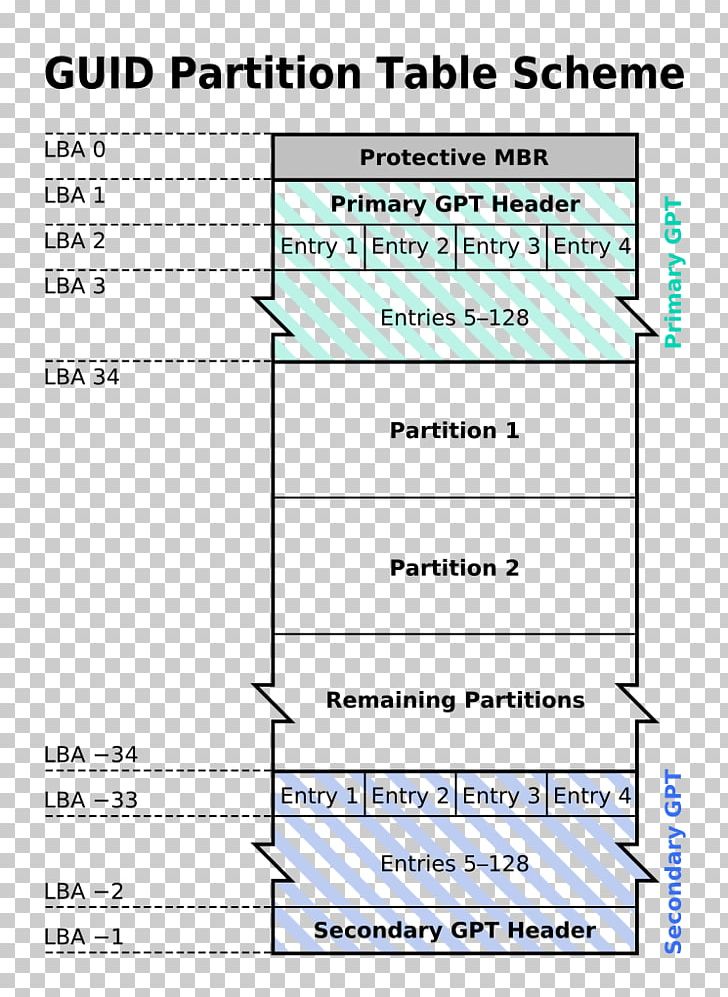

If more partitions are wanted, a secondary structure, an extended partition, is necessary.

MBR disks support only four primary partitions table entries or multiple logical partitions in the extended partition.
#Mac os disk utility guid partition table software
Each GUID Partition Table partition has a 36-character Unicode name, which means that any software can present an easily readable name for the partition without any additional understanding of the partition.

The GUID Partition Table partition format uses version number and size fields for future expansion.Įach GUID Partition Table partition has a unique identification GUID and a partition content type, so no coordination is necessary to prevent partition identifier collision. GUID Partition Table disks use primary and backup partition tables for redundancy and CRC32 fields for improved partition data structure integrity. GUID Partition Table does not allow for hidden sectors or partitions. Data that is critical to the operating system is located in partitions and not in unpartitioned or hidden sectors. The GUID Partition Table disk partition format is well defined and fully self-identifying. However, it is important to note that one partition is used for the EFI System Partition, one for the Microsoft Reserved and two more are used if you use dynamic disks. The Microsoft implementation of GUID Partition Table is limited to 128 partitions. The number of partitions on a GUID Partition Table disk is not constrained by temporary schemes such as container partitions as defined by the MBR Extended Boot Record. As of July 2001, the Microsoft implementation supports a hard disk of up to 18 EB (512 KB LBAs). GUID Partition Table disks can grow to a large size.


 0 kommentar(er)
0 kommentar(er)
